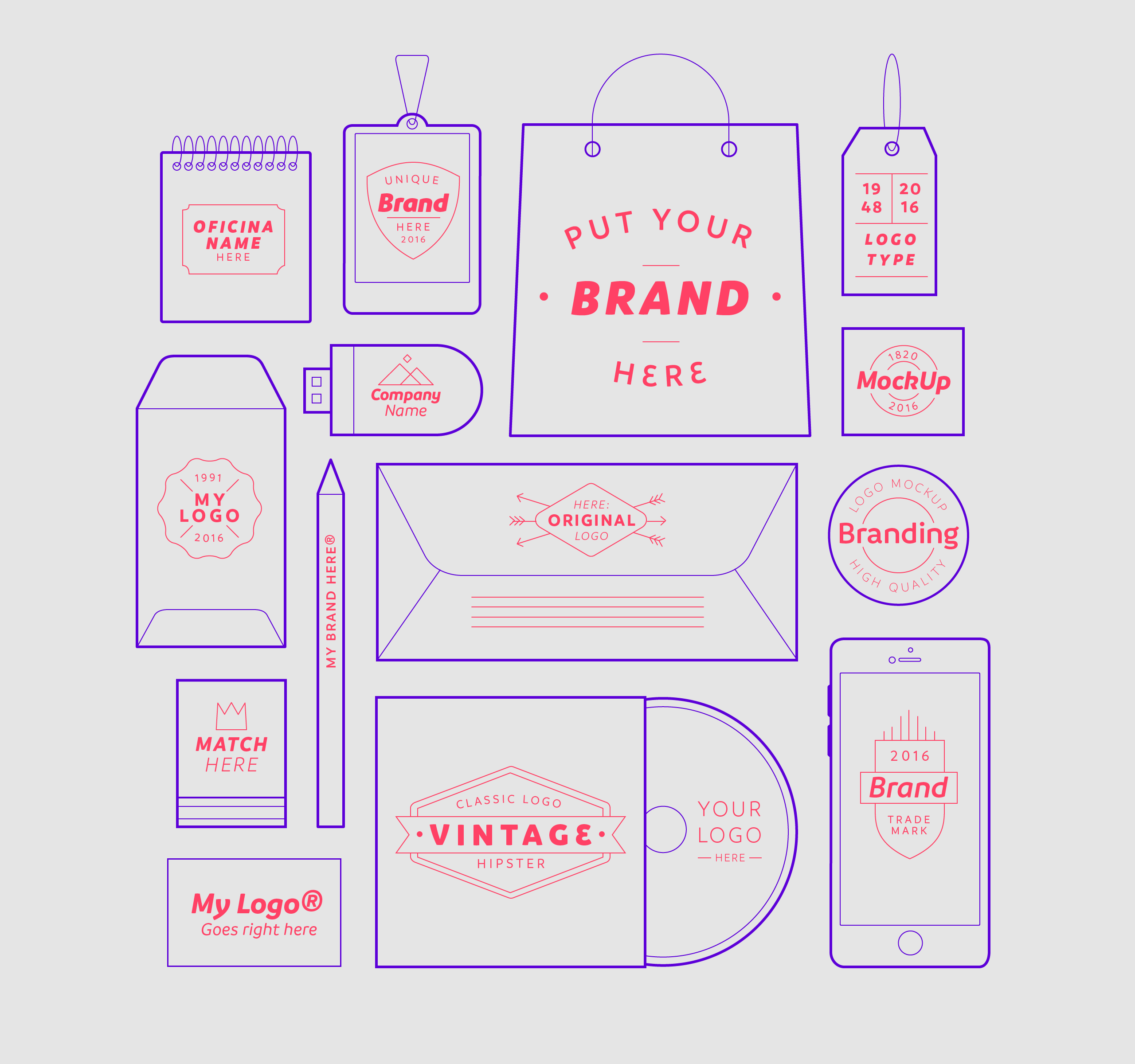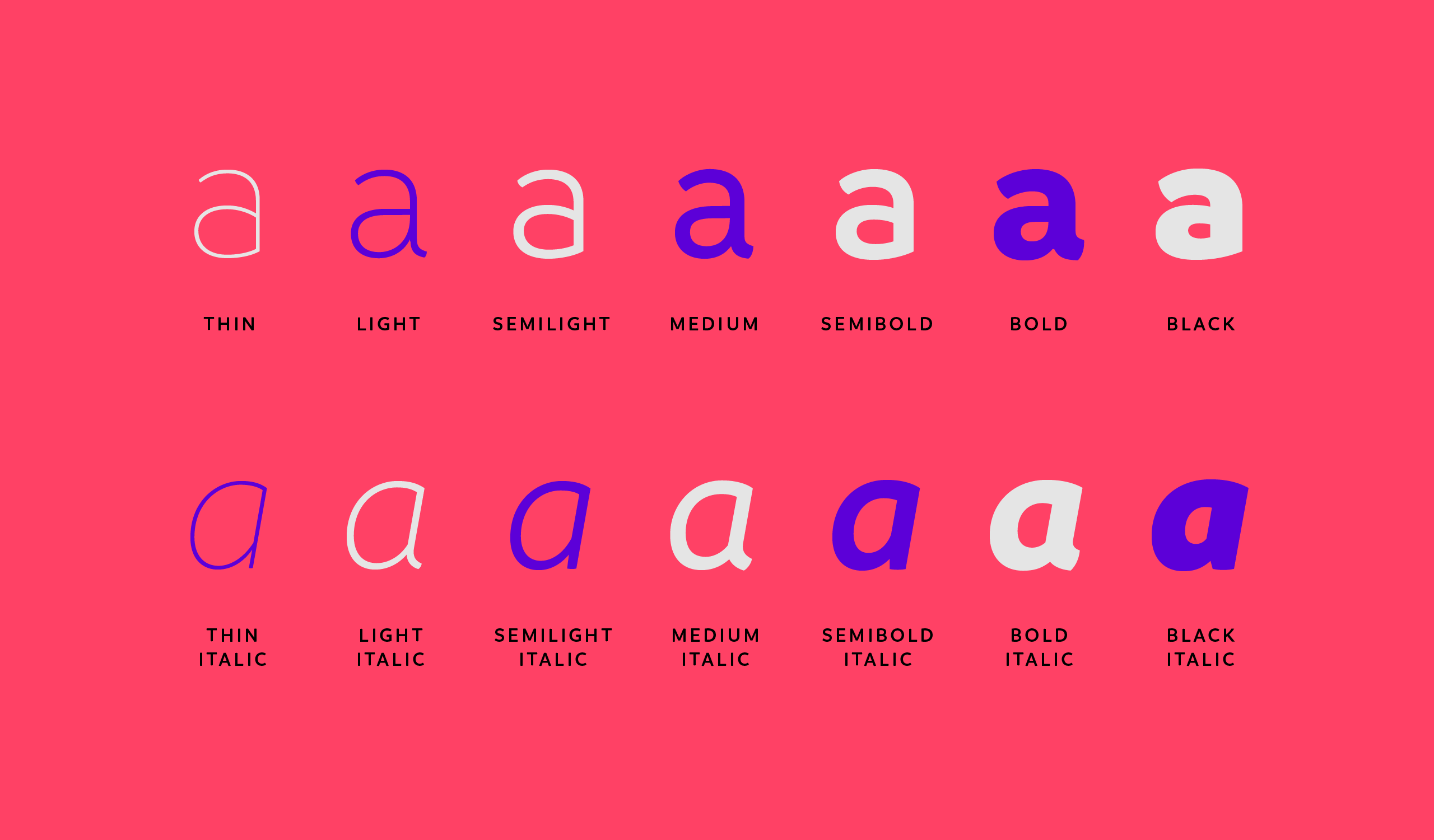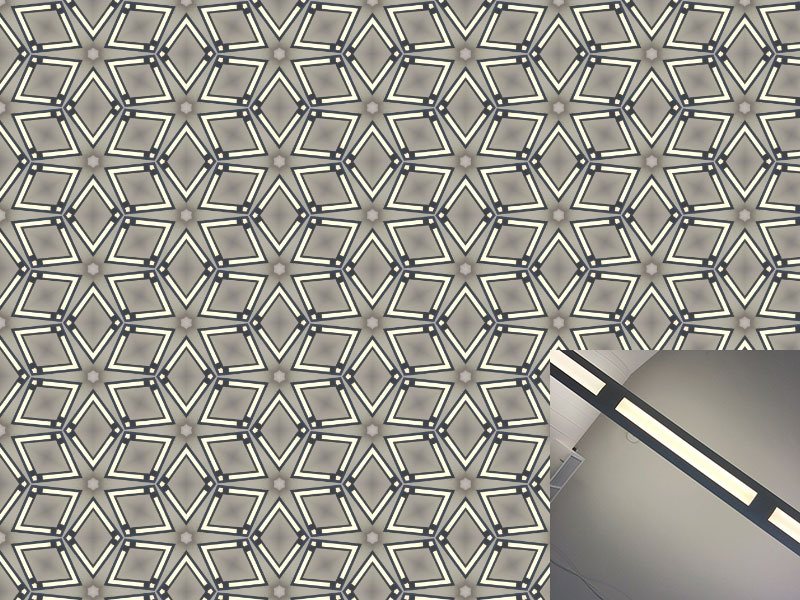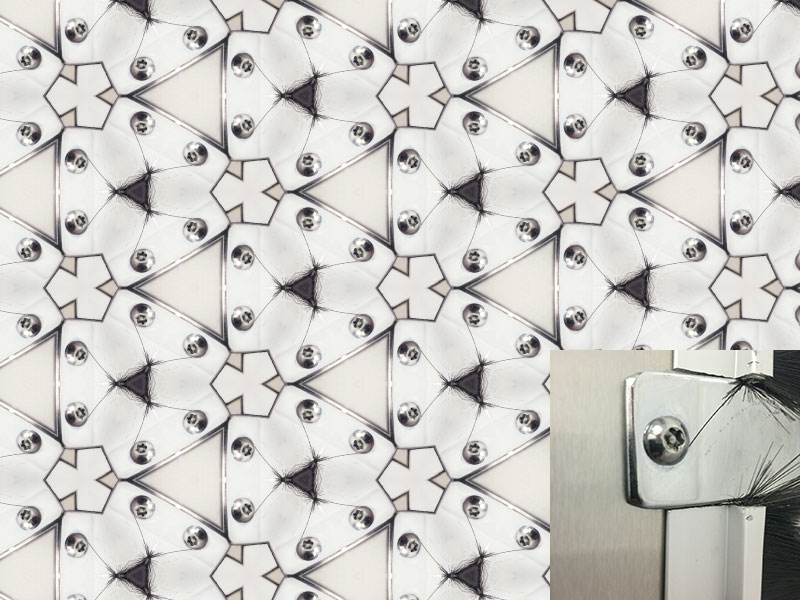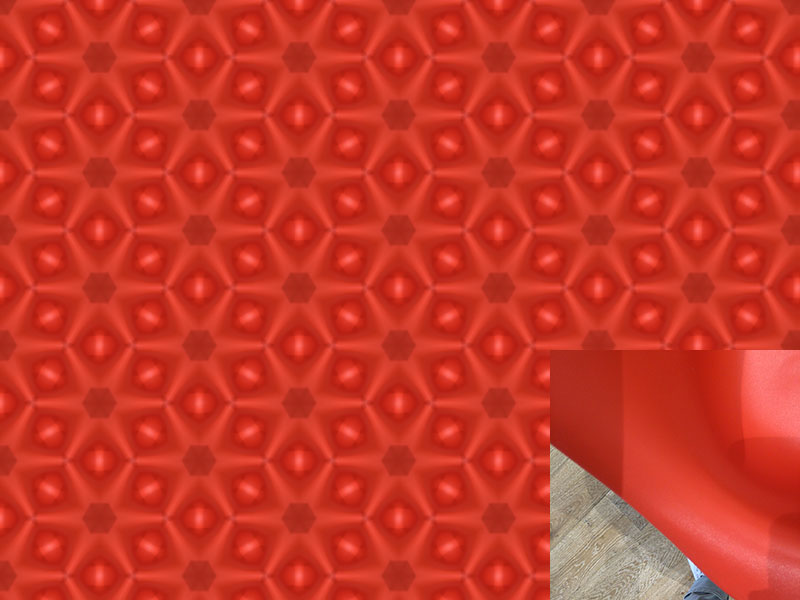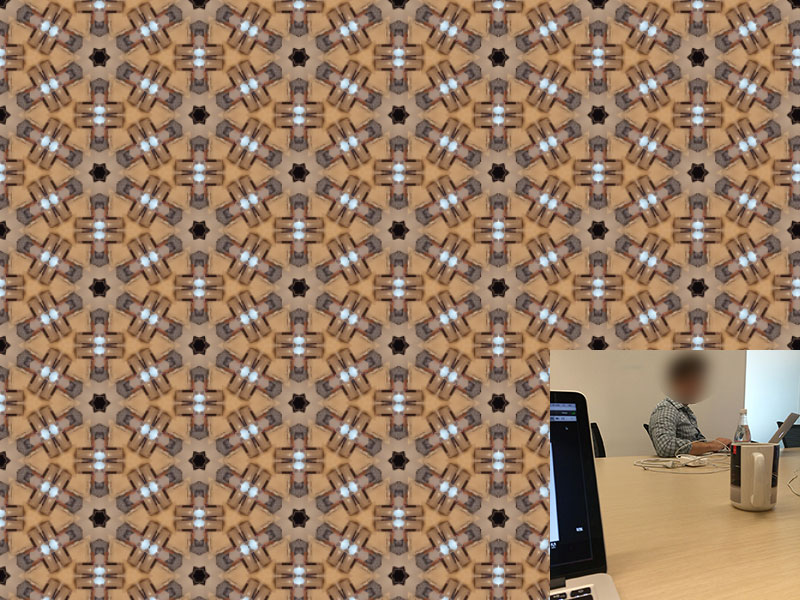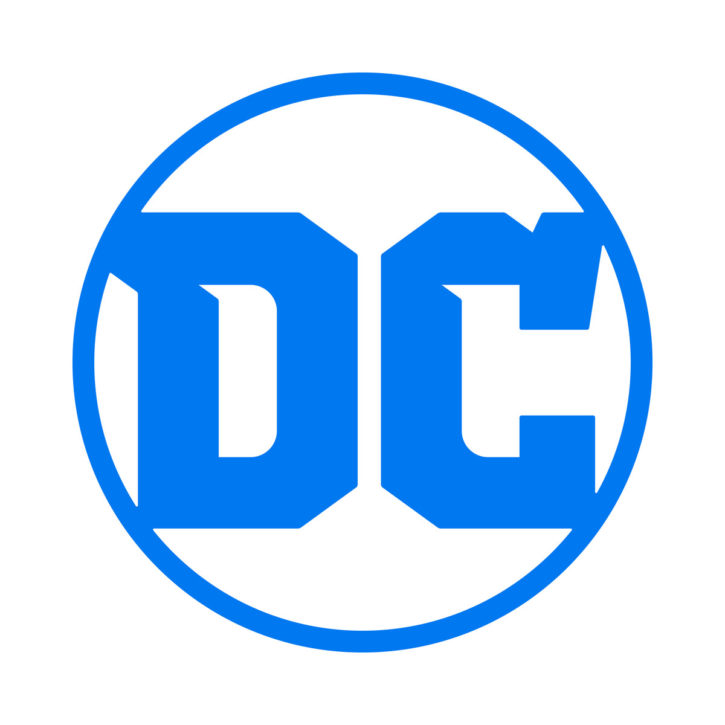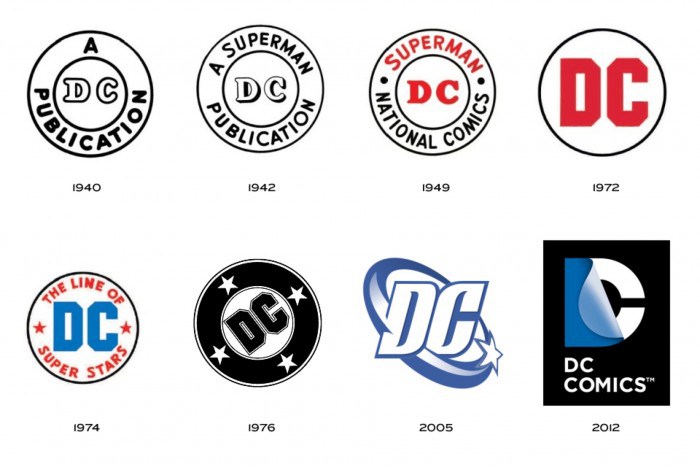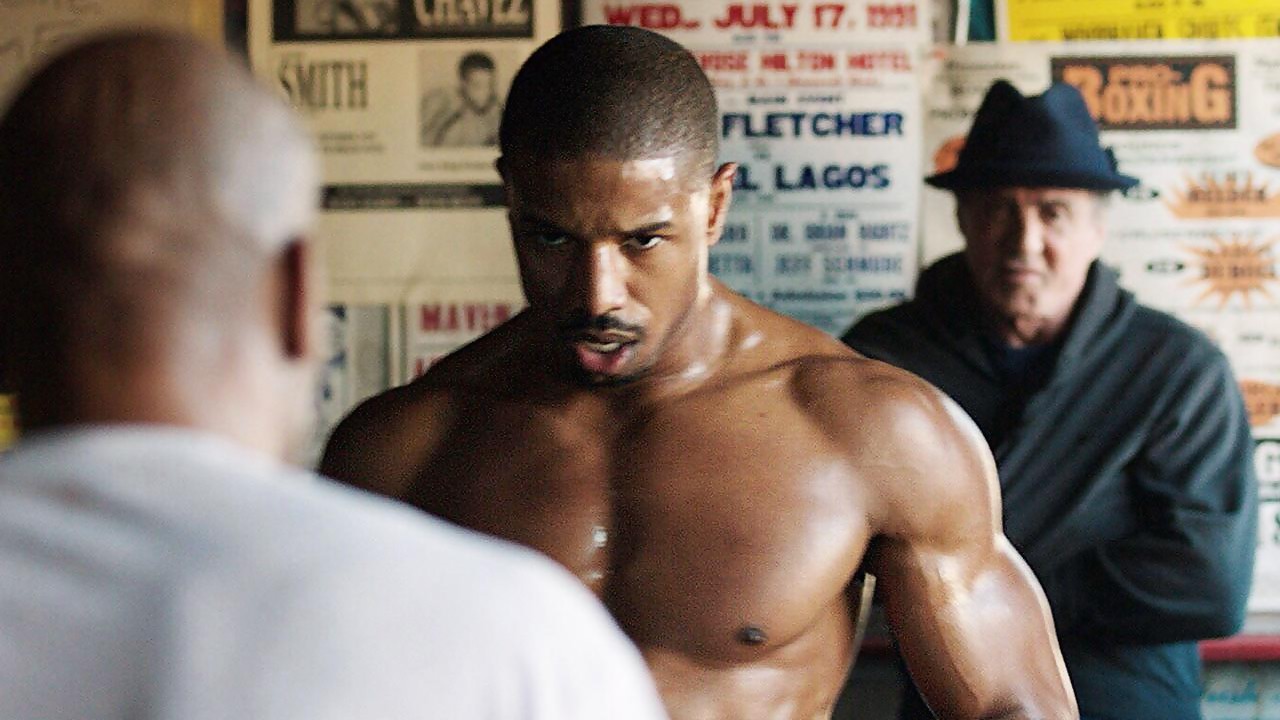If you’re a Spotify subscriber, imagine how you’d feel if over the course of several years the service pared back its catalog. At first, maybe some of the best albums might remain while only the back catalog starts to thin, but over time newer, higher profiles go away while the long tail of older albums gets shorter, too.
And then imagine if Spotify got into the original content business. Starting at first with a few high profile, chart-topping artists and then expanding into many more artists from a variety of genres, over time the service spends more and more of its energy on music that’s exclusive to Spotify, all the while continuing to let its back catalog whither.
For some people, the trade-off might be interesting, I’m sure. But for people who enjoy Spotify’s current diverse and eclectic catalog, that could be incredibly frustrating. What they signed up for—access to virtually all the music out there—transforms into something they didn’t bargain for—a branded subset of exclusive content.
Luckily Spotify shows no sign of pursuing this strategy, but this hypothetical scenario is fairly close to how I feel about what’s become of Netflix. When I first signed up for its streaming service several years back, there was a rich catalog of tons of movies that I wanted to watch. I loaded many dozens of them into my queue, and happily started to make my way through them.
And then, starting with “House of Cards,” “Arrested Development” and some other high profile series, Netflix started rolling out an impressive string of original content. At first, I was delighted; not everything Netflix produced was to my taste, but getting access to all of it, and being able to binge watch each new series, alongside the service’s then still robust movie catalog, seemed like a great deal.
Today, though, with reports that Netflix has a third fewer movies today than it did in 2014, the situation has gotten almost ridiculous. If you’re a lover of movies, Netflix is no longer a particularly interesting place to go. It can take tons of extended browsing to find a movie that suits your interests, and movies that you’ve queued up might unceremoniously disappear. (Many sites have even found that warning customers of what’s about to leave the service has become reliable click-bait.)
For my part, I wonder with each passing week whether a Netflix subscription is actually worth its cost to me any longer. For one thing, I’ve consciously tried to stop watching TV shows in favor movies, and the service has become too TV-centric to make sense for me. Netflix’s CEO Reed Hastings has famously said that the service’s goal is “to become HBO faster than HBO can become [Netflix].” They’ve done a commendable job of working towards that ambition, but as much as I’m a fan of many HBO shows, I’ve never felt that that service was worth the price of a subscription either.
All of this will come to a head for me later in the year when Turner Classic Movies and the Criterion Collection launch FilmStruck, their new streaming service. FilmStruck will focus on “independent, art-house, and international cinema,” the kind of fare that’s not likely to persuade a lot of Netflix subscribers to cancel, but that feels right in my wheelhouse. The cost of subscribing to two streaming services would not be exorbitant, of course. The more important question is how much time do I really have to get any value at all from these huge catalogs of content? Given the choice of one service that’s getting thinner and thinner and another that will hold some of the most interesting films ever made, for me it’s hard to argue that Netflix is the better option.
+
